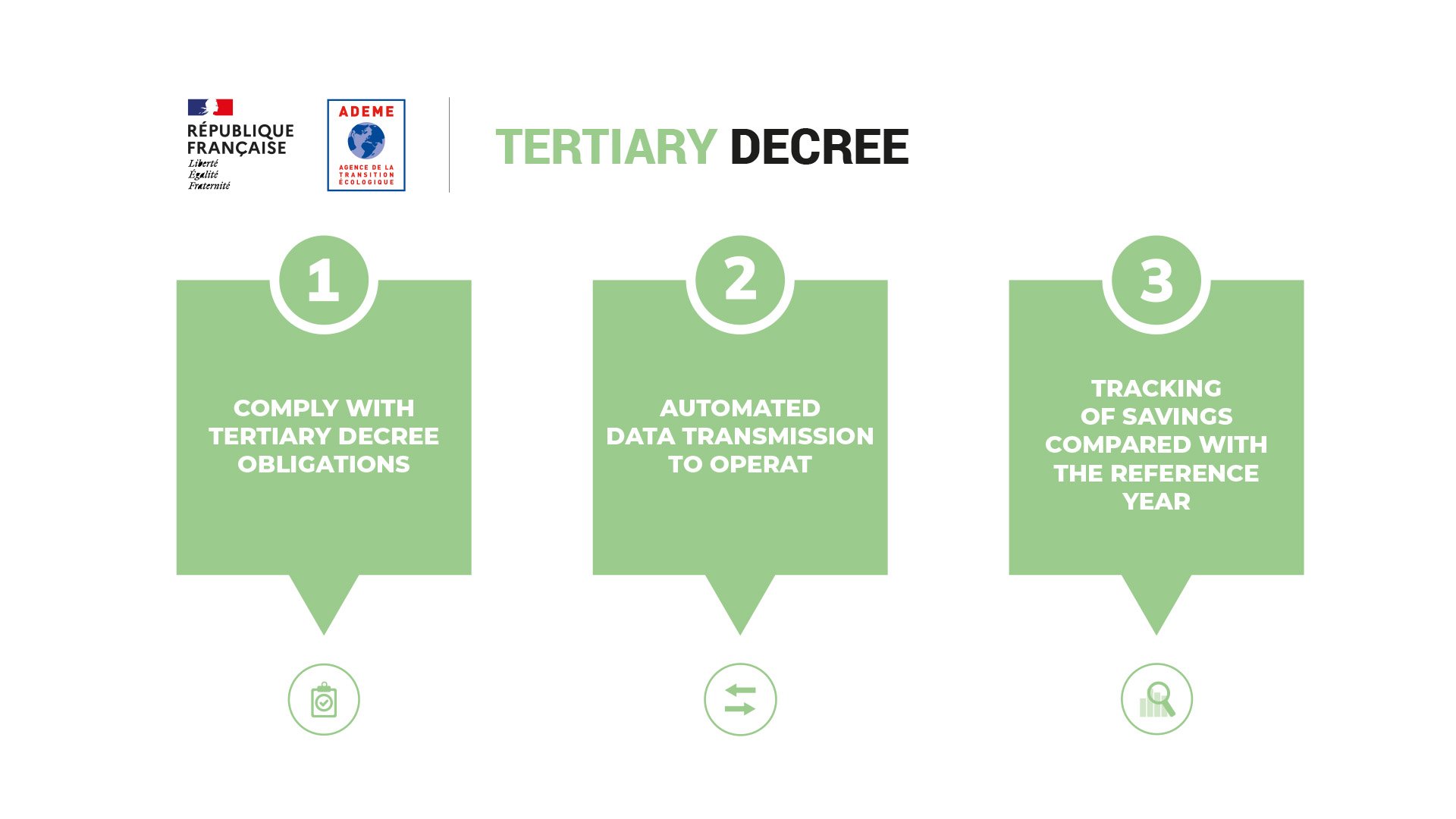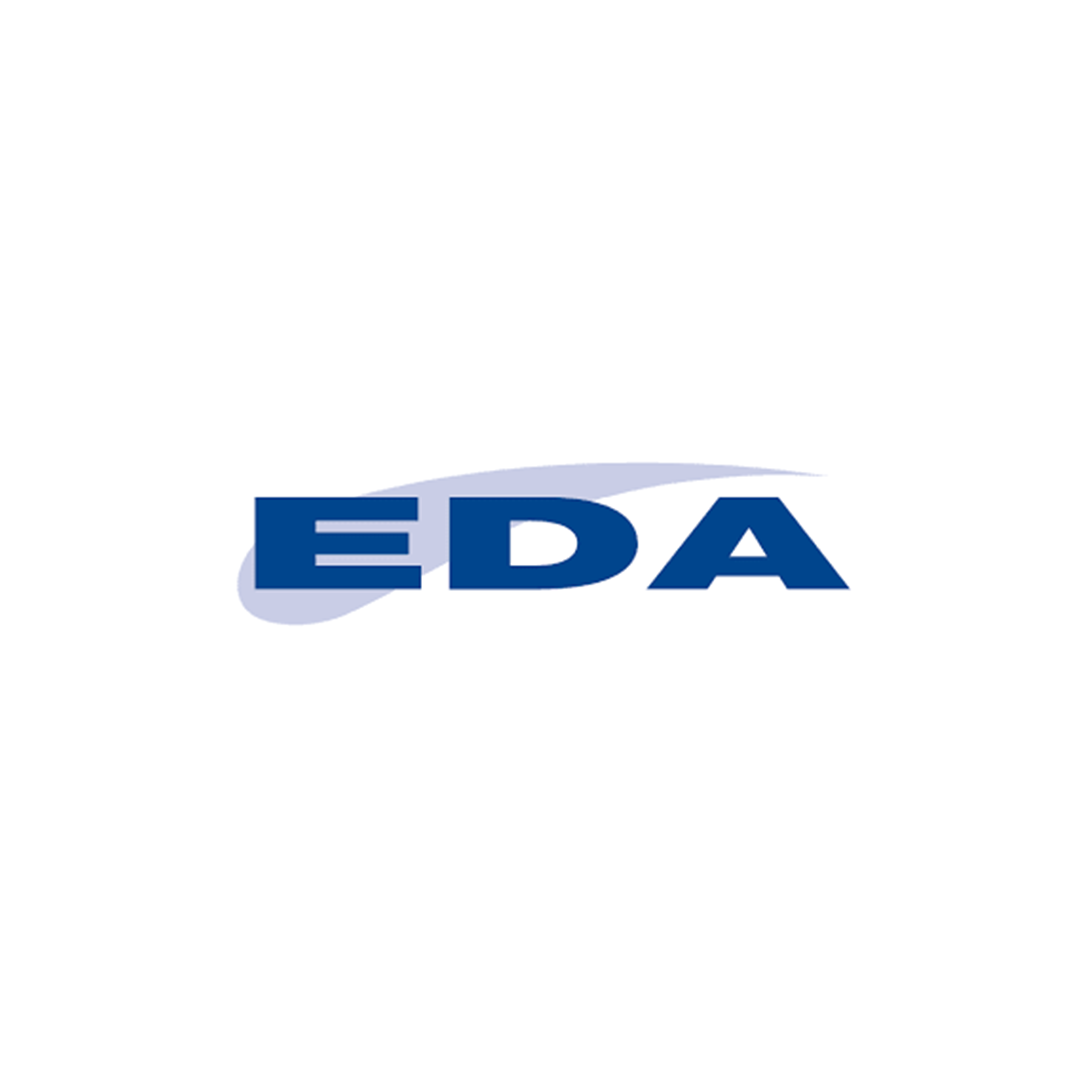

Tertiary Decree: How do you go about it?
Articles and videos
The Tertiary Decree, also known as the Tertiary Renovation Decree, outlines the implementation details of Article 17 of the Energy Transition Law.
Applicable from 2022, this decree mandates the improvement of energy performance in tertiary buildings to achieve a 60% reduction in energy consumption by 2050.

Who is affected by the Tertiary Decree?
The Tertiary Decree requires the owners and tenants of tertiary buildings over 1,000 m² to reduce their final energy consumption.
In fact, all existing buildings used for tertiary purposes larger than 1,000 m² are affected. The obligation to reduce energy consumption applies to both landlords and tenants. This refers to the total floor area of one or more buildings on the same plot or site.
Which buildings are affected?
- Shops (including garages, food businesses, small shops in shopping centers…)
- Offices (real estate agencies, banks…)
- Storage spaces (including warehouses in industrial sites…)
- Healthcare establishments
- Educational establishments
- Infrastructure for sports, leisure, and transportation
- Cafés, hotels, restaurants
ERP (establishments intended for public reception) are also included.
It is possible to pool, globalize, and select buildings with high energy-saving potential. High-performing buildings can offset less efficient ones.
What is the approach proposed by Qualisteo to comply with the Tertiary Decree?
Step 1: Defining the scope and reference year
- Defining the scope for each of your tertiary buildings larger than 1,000 m²
- Selecting the reference year and corresponding consumption data (year equal to or later than 2010)
- Connecting to Qualisteo’s databases to transfer consumption data to the OPERAT platform
Step 2: Defining the monitoring method
- Choosing between the two methods: percentage or absolute value
- Estimating your eligibility for possible modulations
- If eligible: preparing the technical and financial argumentation
- If not eligible: defining the action plan to meet the goals and uploading data to the OPERAT platform through automatic transfer from Qualisteo’s servers
Step 3: Identifying energy-saving actions and implementing the action plan
- Identifying energy-saving opportunities and setting up a targeted action plan to reduce energy consumption through an energy audit
- Implementing the action plan
- Monitoring the evolution of your consumption
- Submitting the results on the OPERAT platform
What are the sanctions for non-compliance?
In case of non-compliance with the obligation, responsible parties risk a fine of up to €7,500 and having their name added to a government website that highlights the offenders.
The penalty follows the "Name & Shame" principle, and market sanction mechanisms may follow.





